DL-6CFX-F30-3QB is a new type of tea screening equipment developed by our company, It can separate fresh leaves and finished tea in one machine. It can save money and workers. It can adjust the speed of screening and wind speed. It is a necessary good helper for tea factory!
DL-6CYQT-6105 mainly used for Oolong tea processing, drum made of bamboo, the activity of withered tea was increased by shaking, It can make tea taste more fragrant, Capacity about 32 kg per batch.
This machine is suitable for the shaping and roasting process of high-grade curly tea. Tea roasted by this machine features tight and neat strips, uniform curling, bright green color, visible white fuzz, and rich aroma—fully demonstrating the characteristics of high-quality tea. The machine's heating system offers two options: electric heating and liquefied gas heating, allowing users to choose flexibly based on their actual needs.
The Matcha ball mill is designed for post-drying grinding of agricultural products (e.g., ground tea, Chinese medicinal materials) with advantages of low-temperature grinding (5-15℃) to retain raw material color and aroma, fine fineness (500-1000 meshes), PLC-controlled easy operation, and durable structure.
The Matcha ball mill is designed for post-drying grinding of agricultural products (e.g., ground tea, Chinese medicinal materials) with advantages of low-temperature grinding (5-15℃) to retain raw material color and aroma, fine fineness (500-1000 meshes), PLC-controlled easy operation, and durable structure.
Single Semi-automatic Tea Pressing Machine, working with a small granular filling machine, enables quantitative filling and efficient pressing. Powered by 220V and 4.0KW, it produces 500 pieces per hour, supporting round tea cakes (20.0-35.0mm) and dragon ball-shaped teas (20.0-27.0mm). User-friendly and safe, it’s ideal for processing Pu-erh, white, and dark compressed teas.
Discover the LS3CX - 750 High Efficiency Wheel Trimmer, your ultimate solution for pruning in gardens, along roads, and in tea gardens. This trimmer comes with an adjustable height function, enabling you to adapt to different plant heights. Its high - performance cutting system ensures efficient and clean cuts on grass, shrubs, and tea branches. With a user - friendly wheel - based design, it offers easy maneuverability, making pruning tasks a breeze. Ideal for both professional landscapers and gardening enthusiasts.
4C-60L is a handheld automatic tea plucking machine designed for tea gardens. Equipped with a 2-stroke gasoline engine and a 600mm reciprocating cutter head, it efficiently harvests tea leaves with precision. Weighing only 10-14.3kg and featuring a backpack design, it ensures flexible and lightweight operation for prolonged use.
The 0.7L fuel tank supports hours of continuous work, while the centrifugal friction clutch transmission system delivers stable power and easy maintenance. Its comb-type cutting technology separates buds and leaves accurately, minimizing damage, and the negative-pressure suction tube directly collects fresh leaves into a waist-mounted bag, integrating "picking-collection" into one process
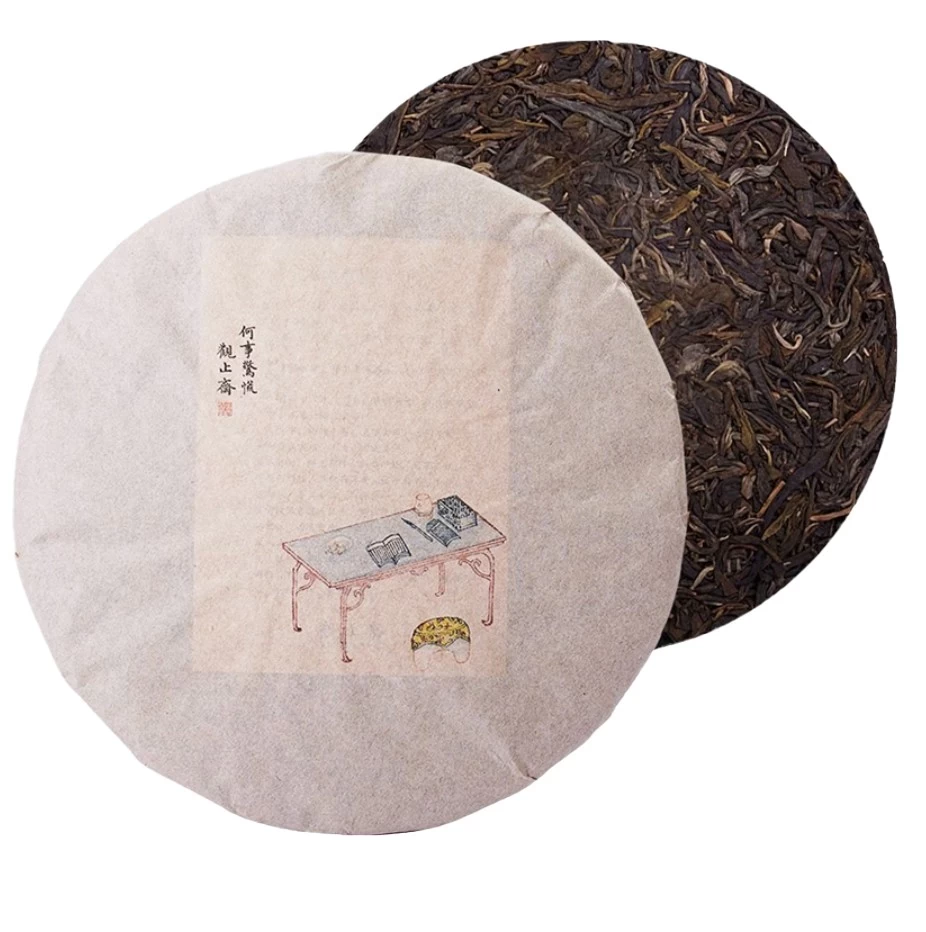
This article explores the ancient preservation and transport methods of Pu’er tea, introduces the modern pu’er tea cake pressing process, and highlights the convenience and advantages of tea pressing machines, showcasing the evolution and innovation in the tea industry.
Read More
Discover the unique tea picking techniques for various tea types, from green tea to dark tea. Learn how the 21V Electric Lithium Battery Hand Tree Hedge Trimmer Double Blade 3CX-30D can enhance your tea picking efficiency.
Read More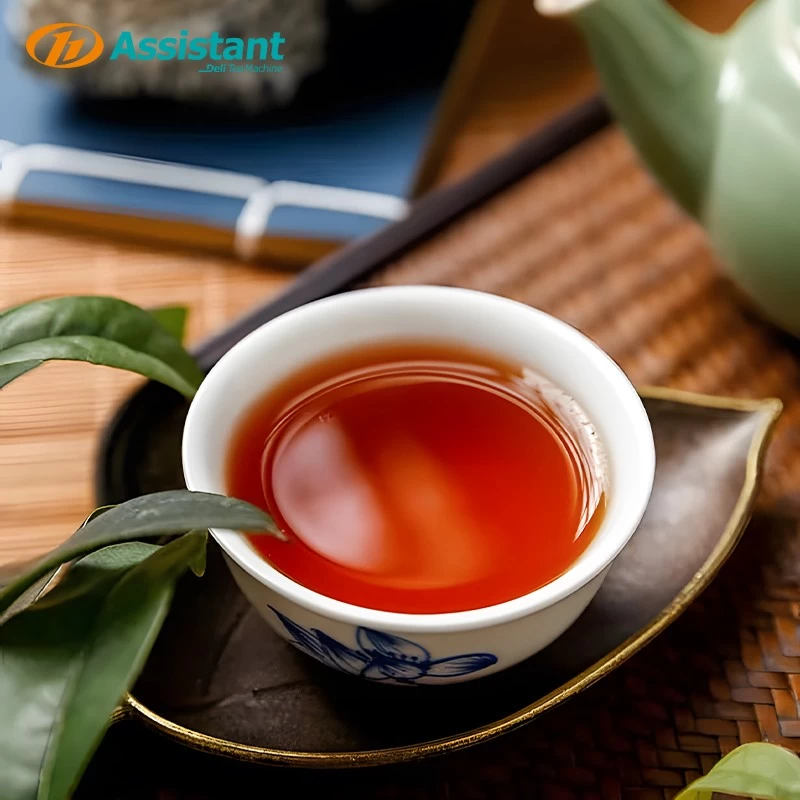
Explore the last high black tea types of black tea launched in 2025. Learn about the unique origin and taste profiles that are perfect for tea connoisseurs looking for nomel delights.
Read More
This article outlines key machines in high-end orthodox tea processing, detailing their roles: pluckers for precise leaf harvesting, withering units for controlled moisture reduction, rolling machines for gentle leaf twisting, oxidation chambers for flavor development, dryers for moisture control, and sorters for quality grading. It highlights how modern technology balances precision with traditional craftsmanship to elevate tea quality.
Read More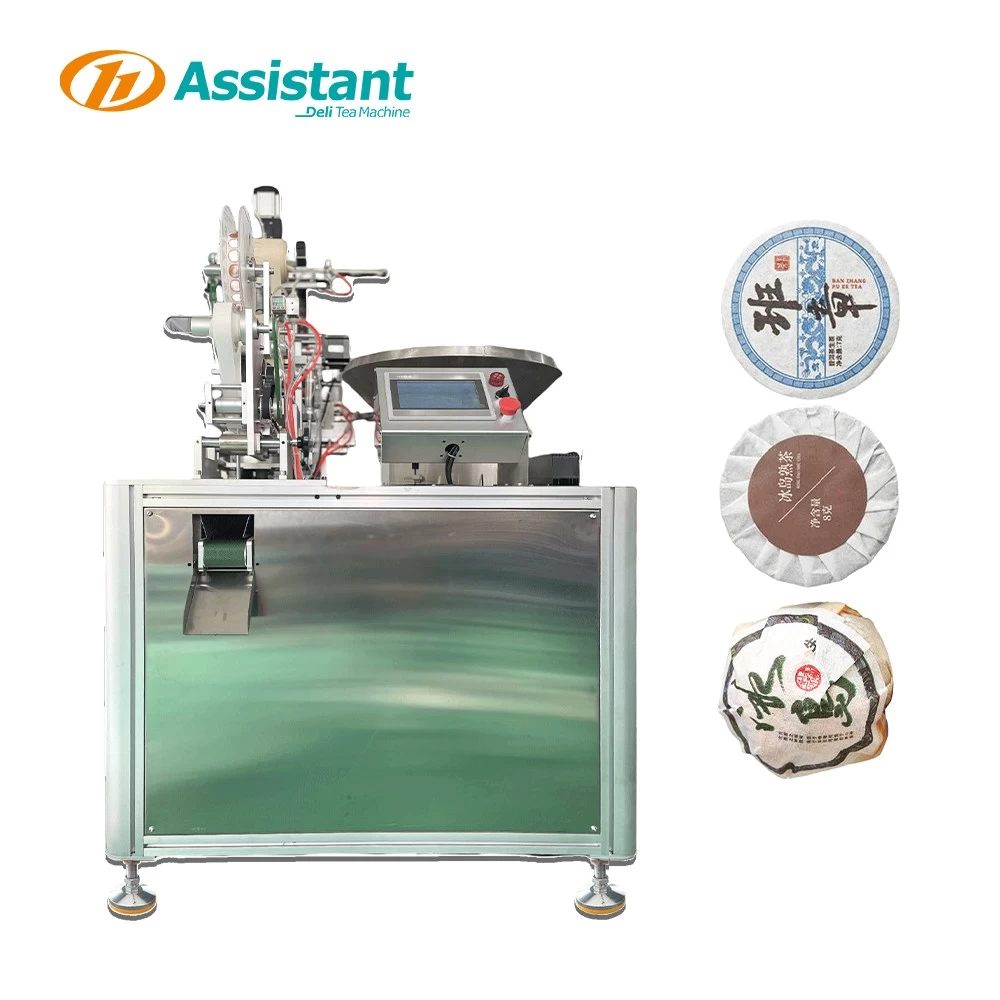
Explore the world of round tea cake packaging machines and learn how these innovative devices can revolutionize your tea packaging process. From high-speed automation to precise filling and sealing, discover the key features, benefits, and applications of these machines in the tea industry
Read More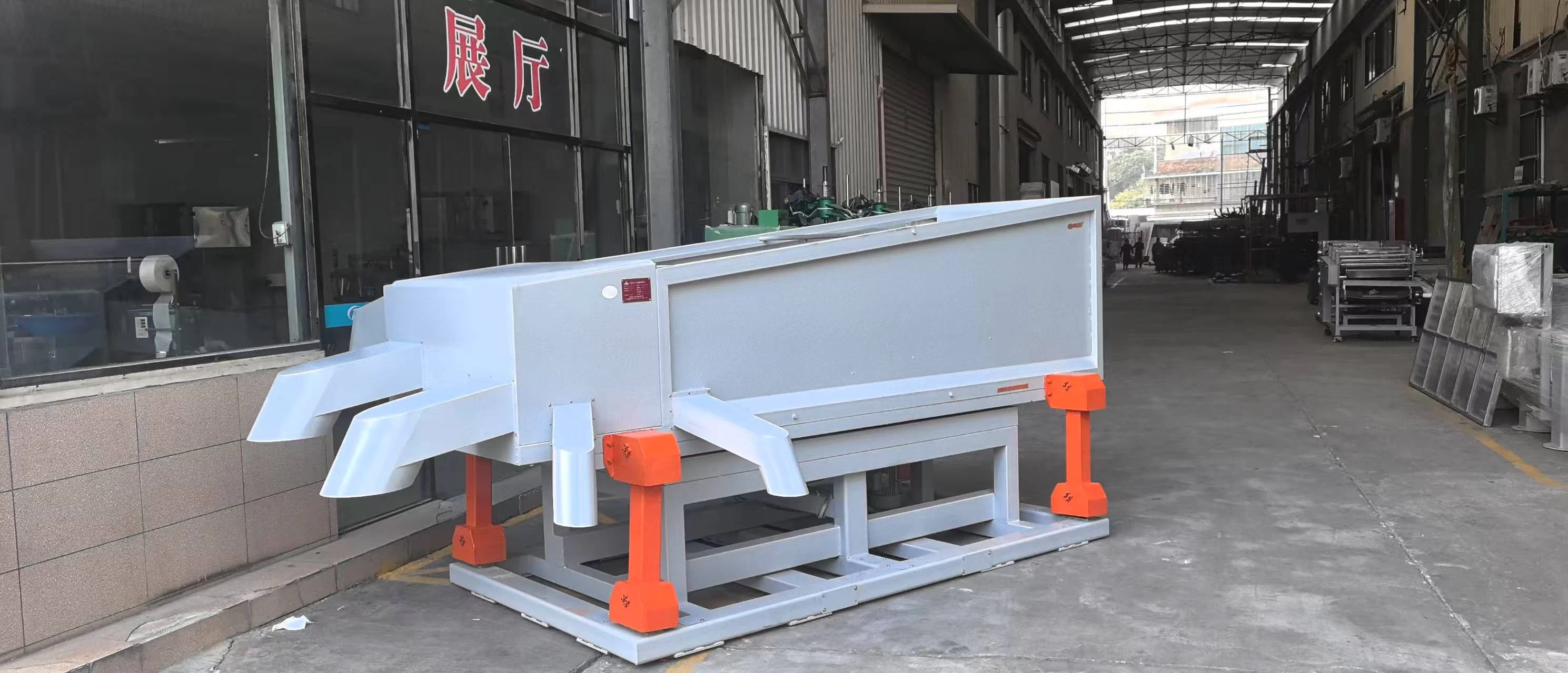
Tea sorting machine is a key step in tea quality control, which directly affects the appearance, taste, hygiene and market value of tea. Different types of tea will use appropriate screening methods to achieve the best results.
Read More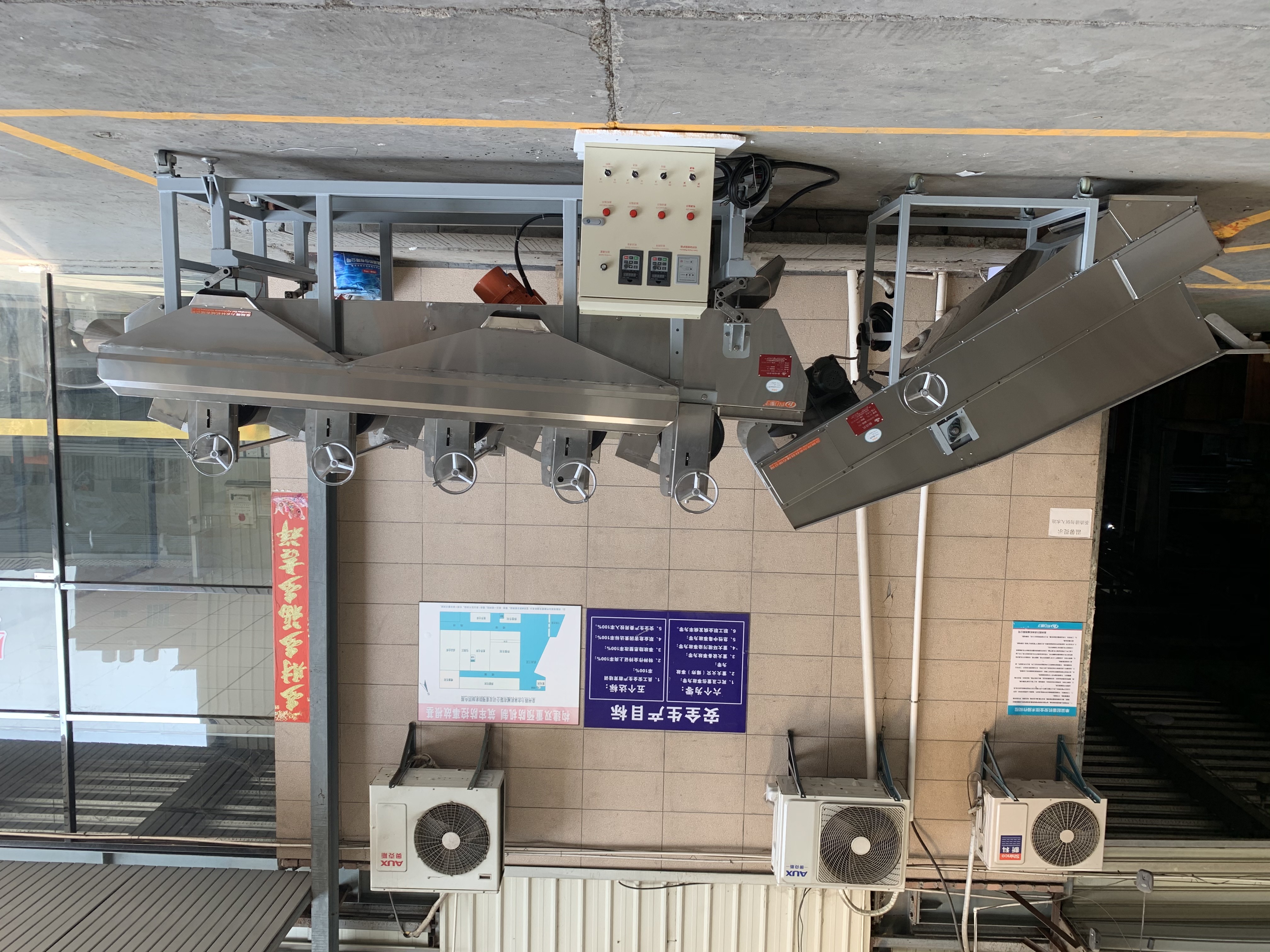
Tea screening is an important part of tea processing and refining. Screening in different ways can improve the quality, appearance and taste of tea.
Read More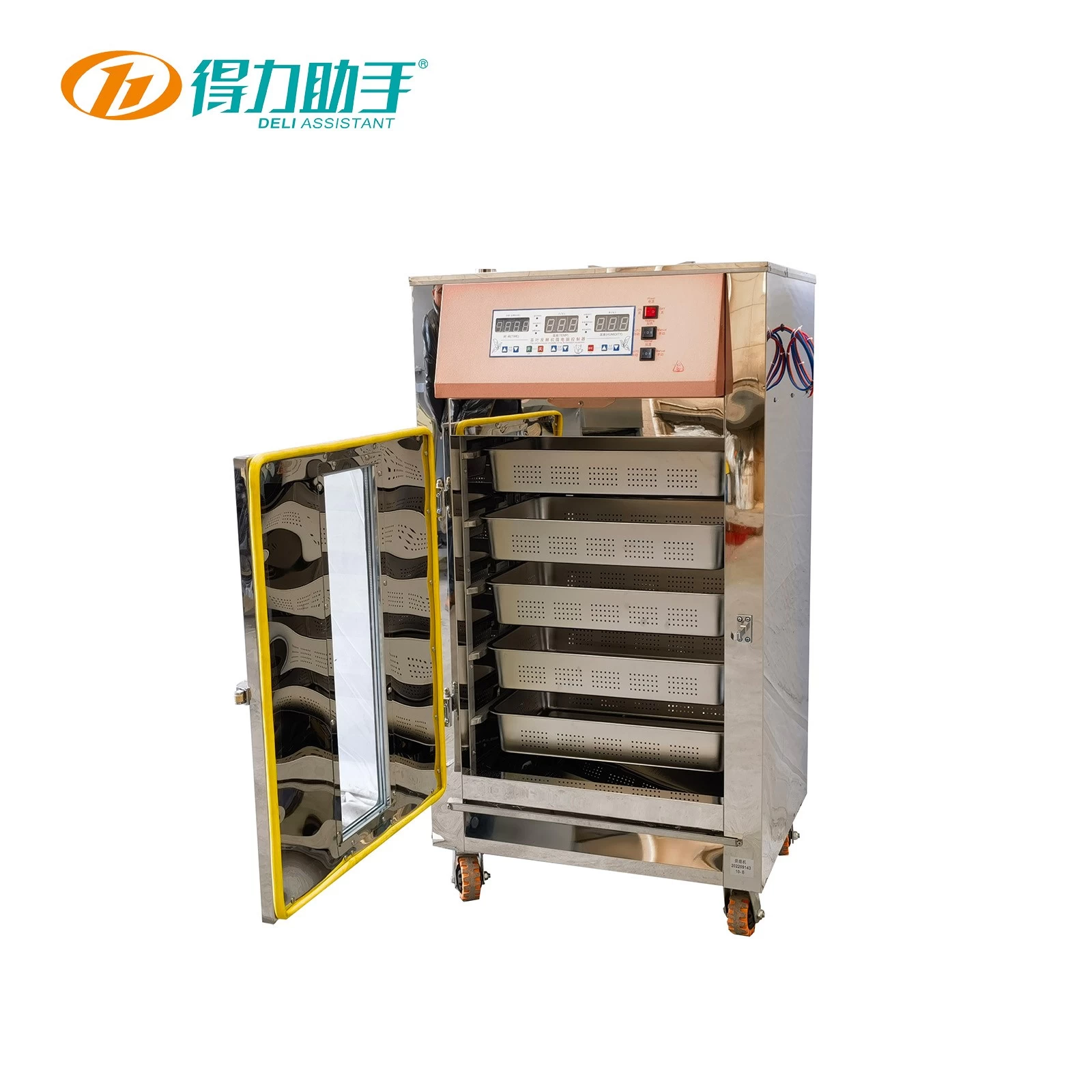
Using black tea fermentation machine to do the black tea fermentation can improve the tea quality.
Read More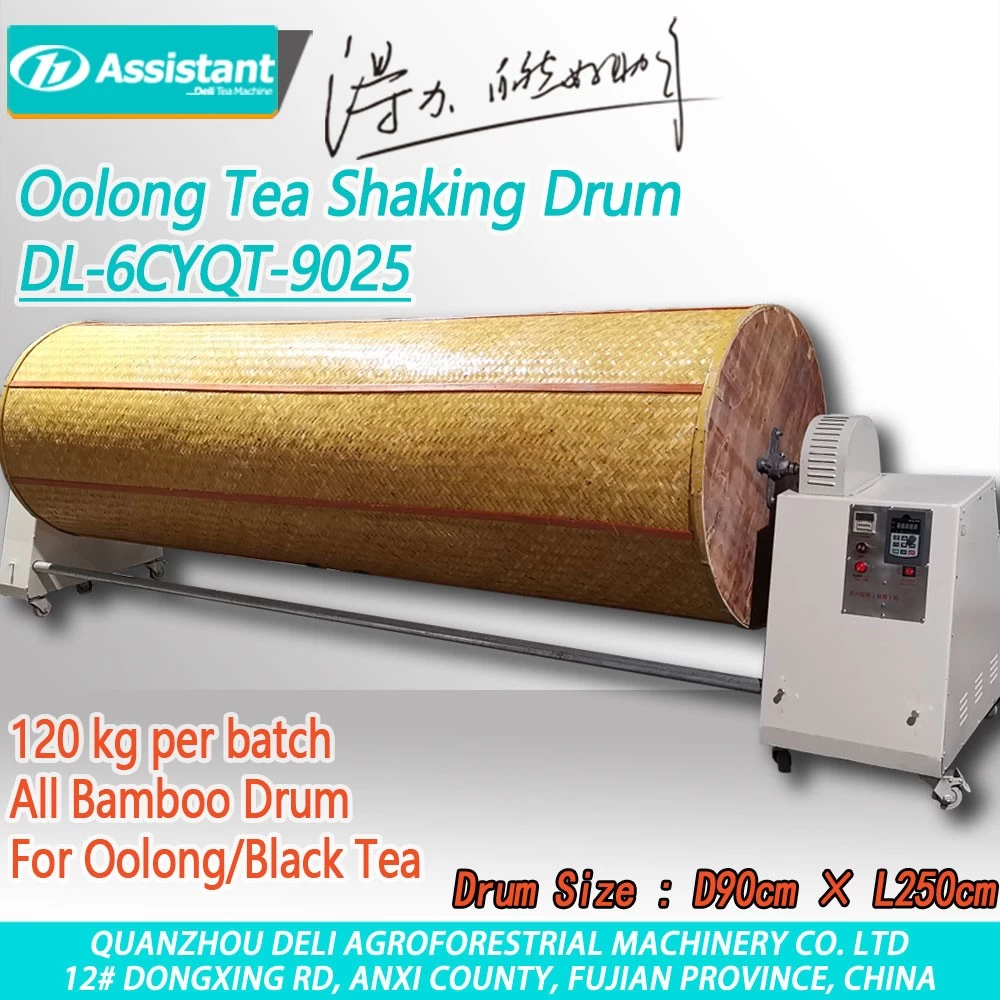
Discover the art of making oolong tea, from traditional shaking techniques in Fujian/Taiwan to modern innovations with the shaking drum. Learn how this tool enhances precision, efficiency, and flavor in tea crafting—perfect for artisans, homebrewers, and producers. Explore global methods and unlock the secrets of balanced oxidation!
Read More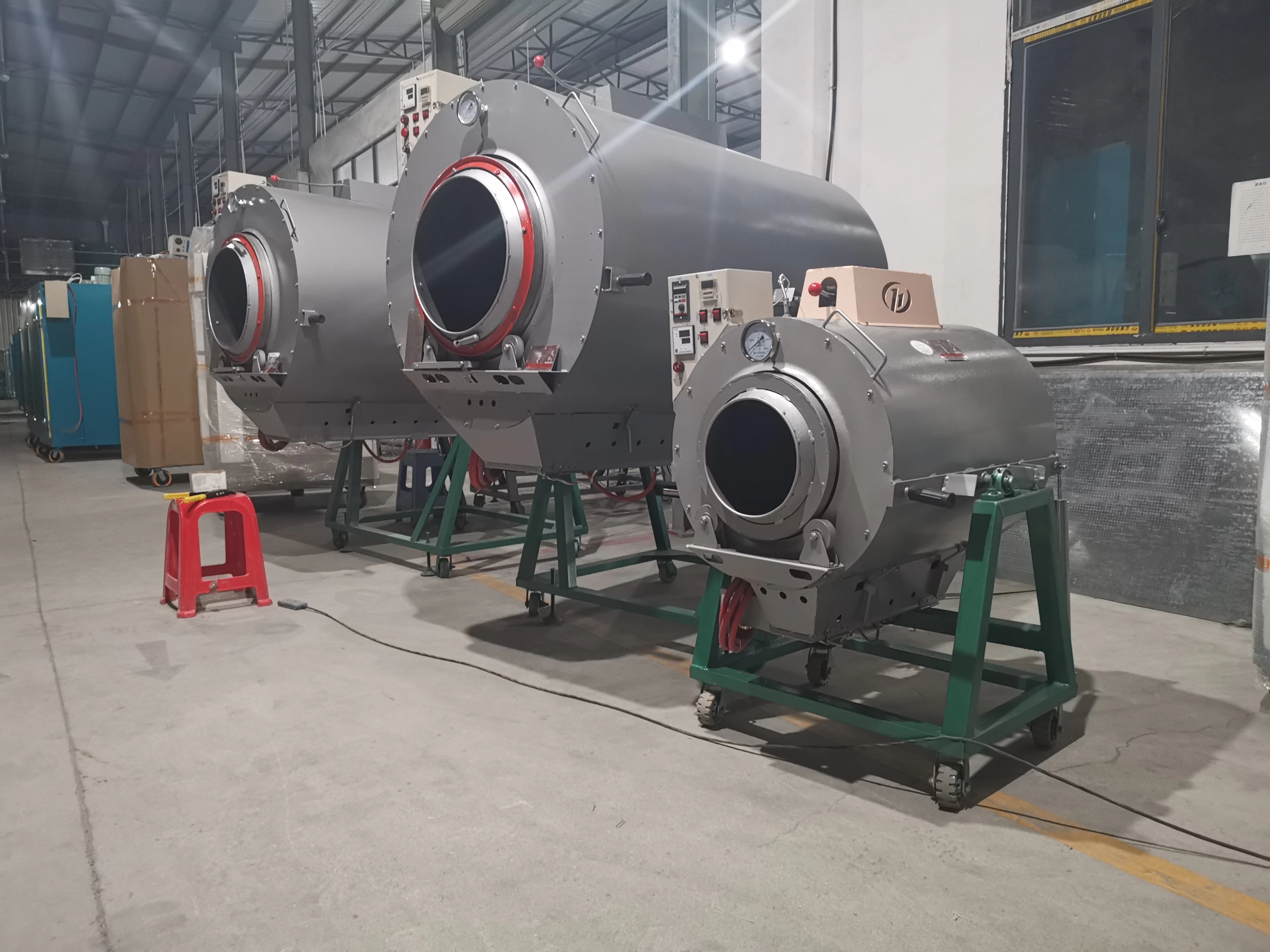
Green tea needs fixation to prevent oxidation, Use tea fixation machine to quickly fixation tea leaves, make fresh and high-end tea!
Read More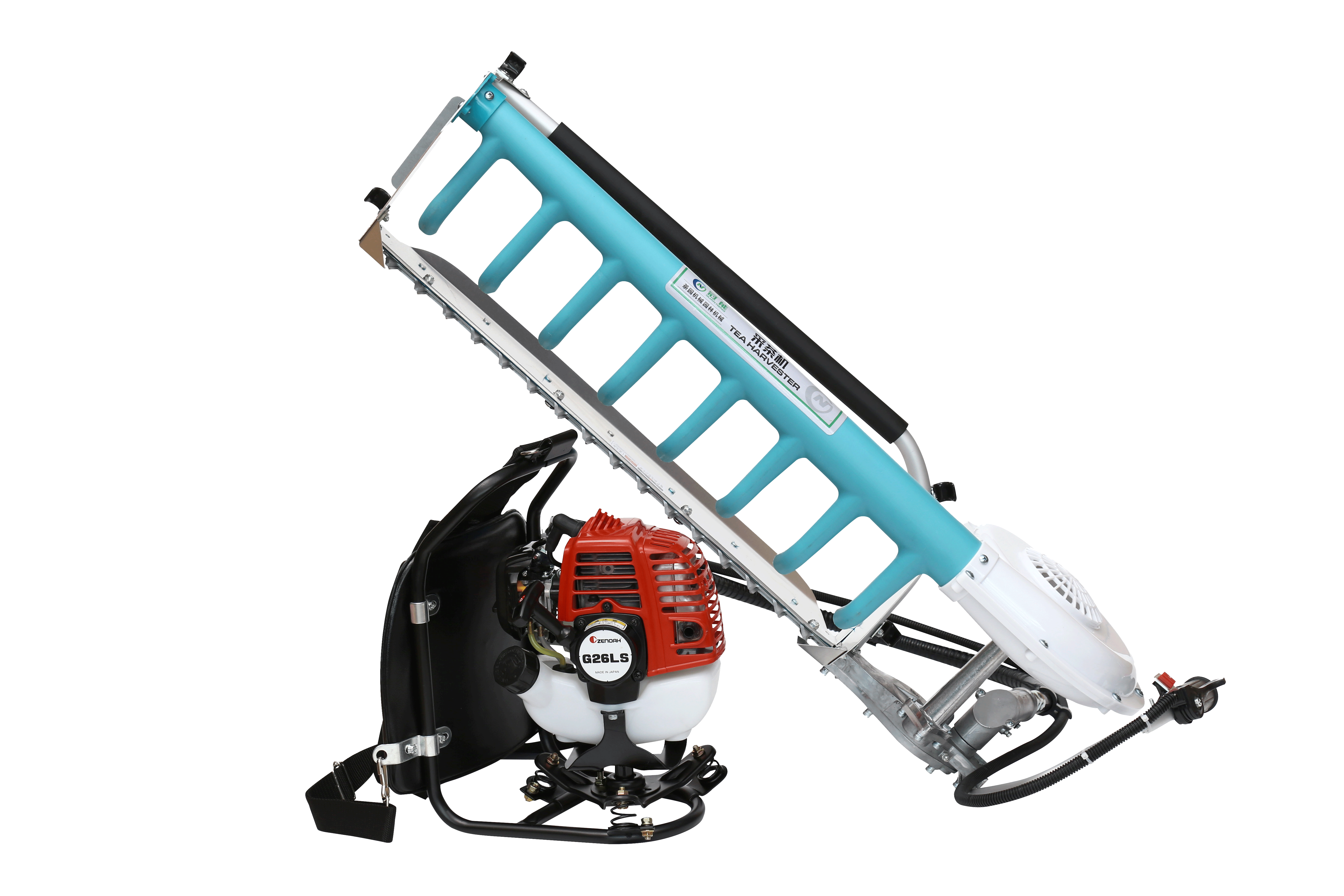
This article provides guidance on choosing a gasoline engine tea harvester by considering factors such as field conditions, performance needs, quality and durability, ease of operation and maintenance, and cost.
Read More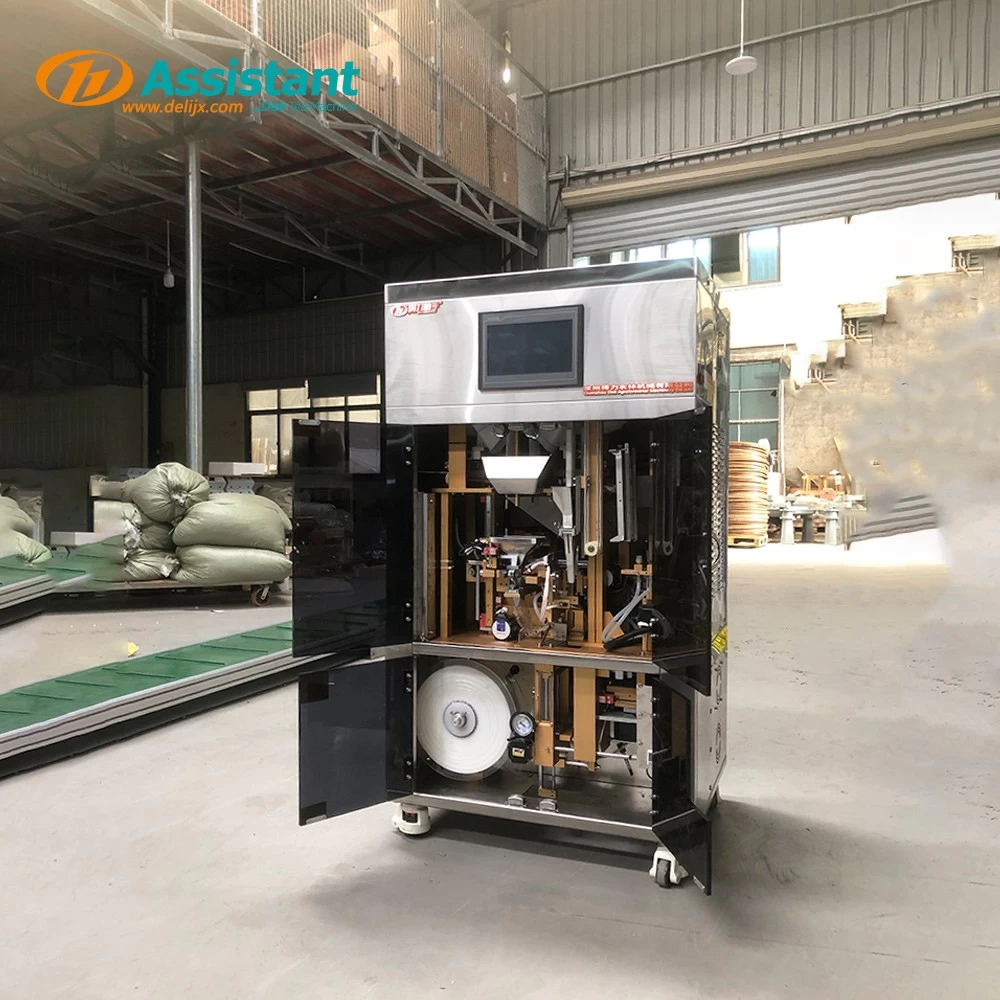
Analyze and compare various models of vacuum tea packaging machines to help you make an informed decision.
Read More